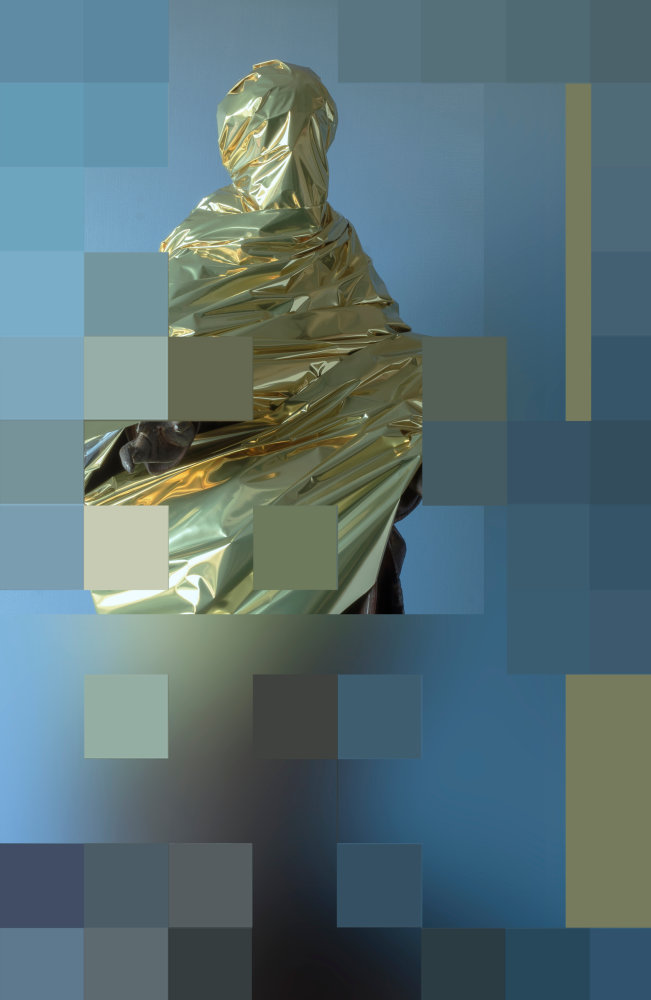
SPECTRA
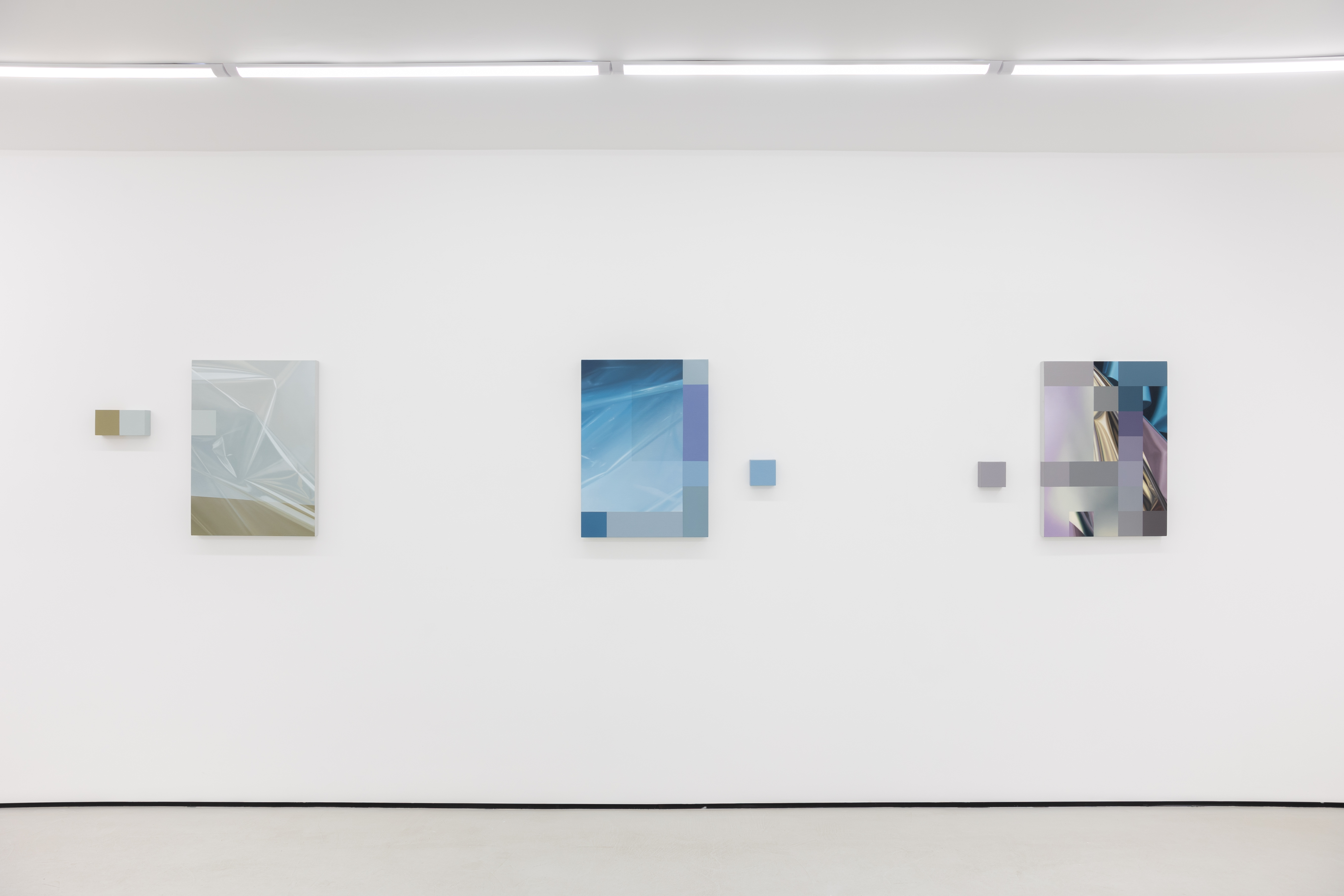
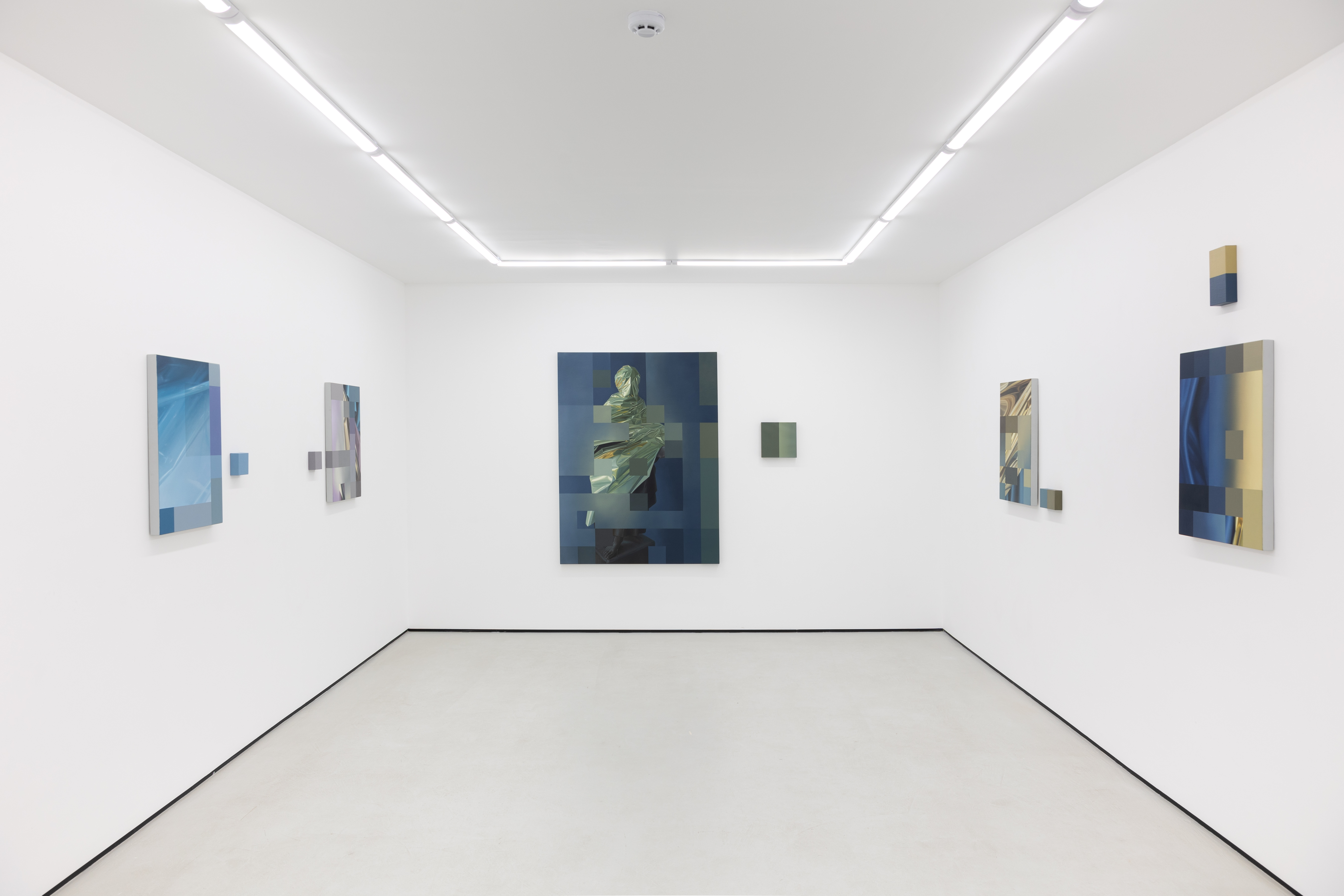

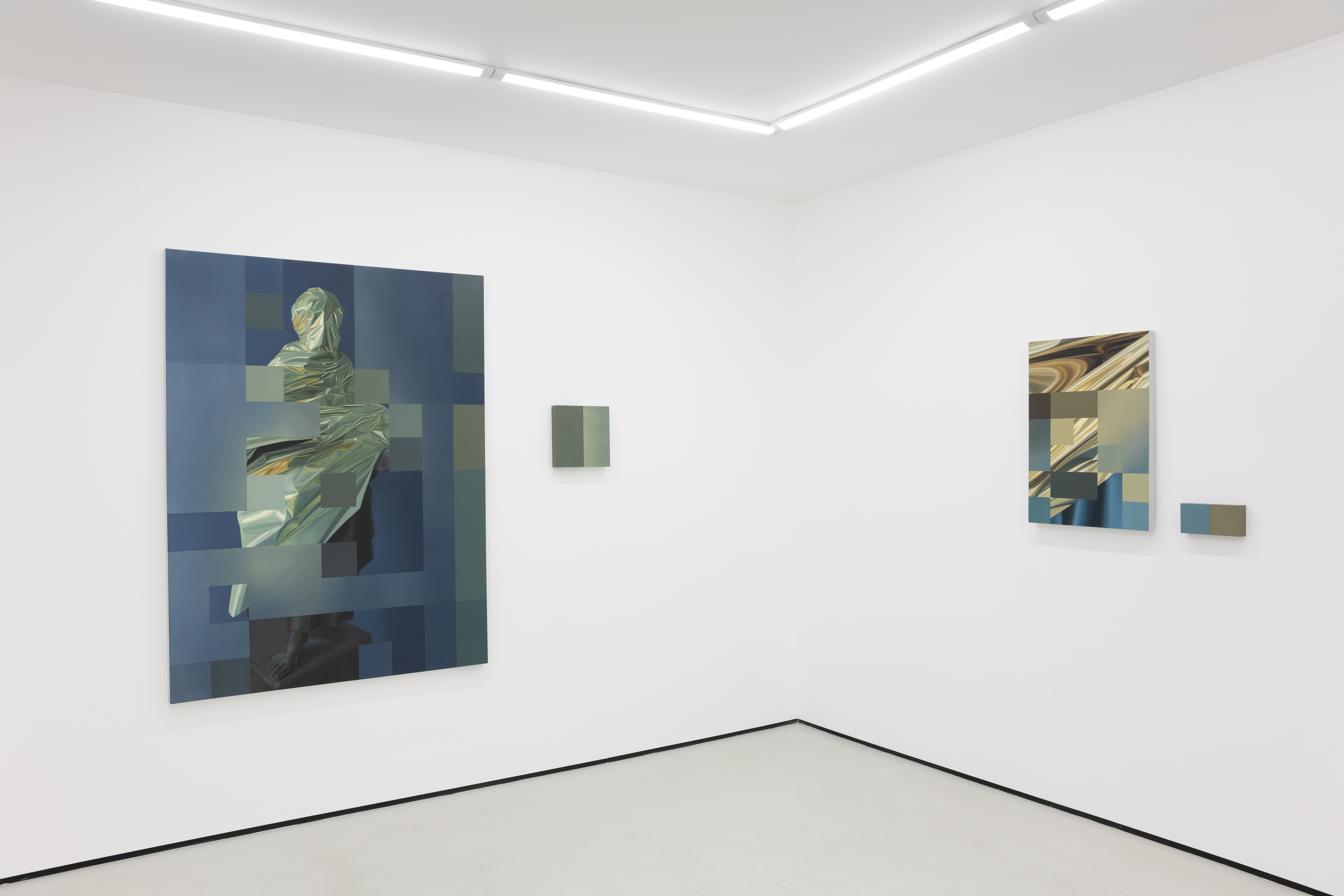
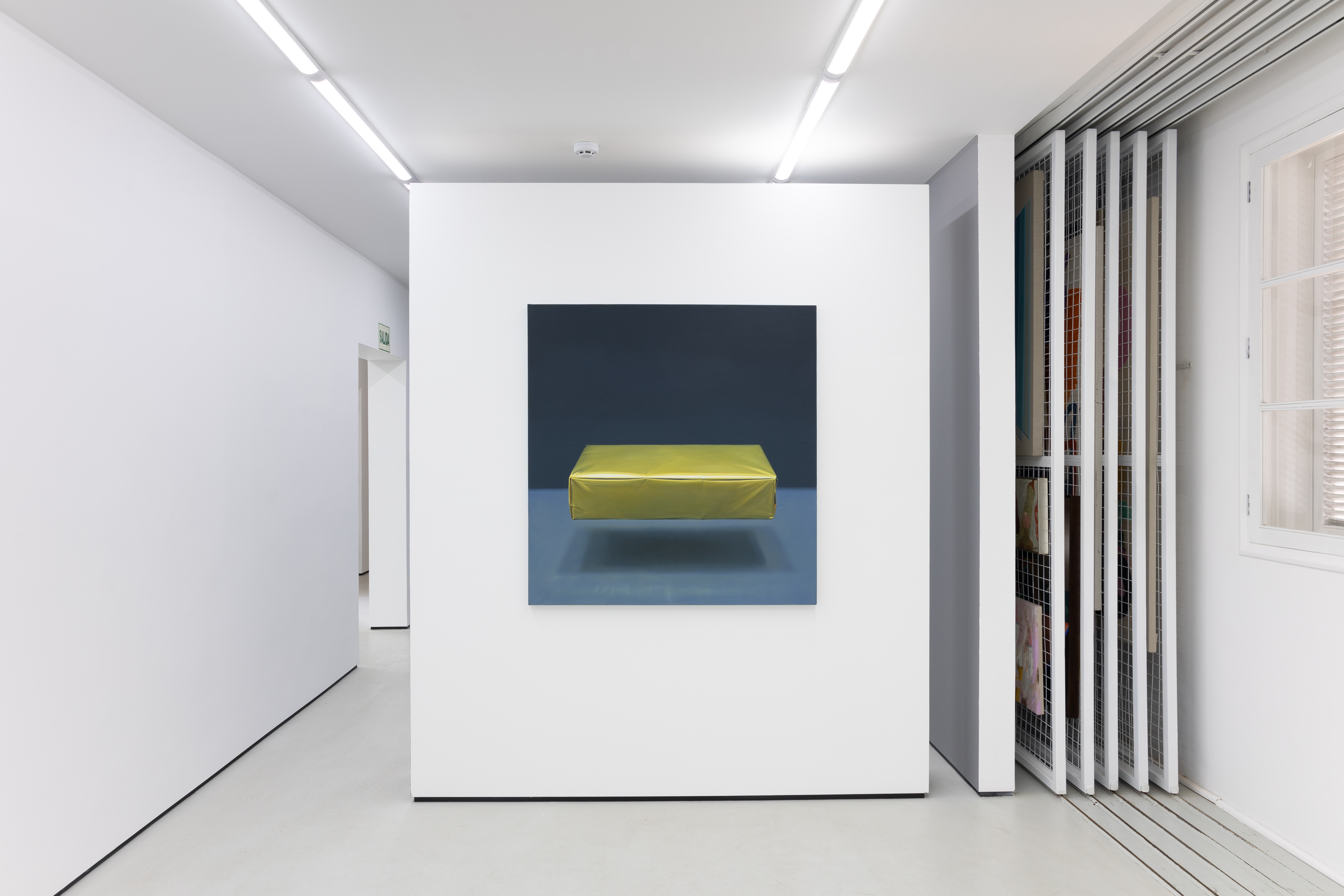
*"Spectra. What the Veil Covers"* encapsulates the painting that Javier Peláez has developed over the past five years. However, we can trace back two decades to the beginning of his career and find early indications of what is now evident: a pictorial thought that merges the symbolic space with the physical presence of the work. On one hand, his intention to transcend the limits of the pictorial formalism from which he emerges is apparent; on the other, his desire to blur those same boundaries, expanding his field of action. Peláez’s work, in a way, explores the distance between words and the act of speaking; hence his interest in poetry and music, which accompany his creative process. In this regard, Javier has commented: *"To paint, or to configure something through painting, is similar to naming it. Painting has been, so far, the best instrument I have had to understand the world, and at the same time, the most suitable tool for constructing one based on my choices and solutions. Somehow, through painting, I am naming a place as my own."* But what is that place for Javier Peláez? What defines it, how is it characterized, and where is it situated? After more than ten years of continuous dialogue with Javier, I have discovered that the formulation of a *"multiple vision field"* has been the point of both encounter and confrontation from which his work can be approached. According to him, his painting *"aspires to a condition that integrates various pictorial states,"* embracing both the peripheral vision of his interests—from the Baroque to digital communication—and a central focal point to which he always returns: the certainty that truth is elusive and the enigma of how art can reveal this fact through fiction. The phrase *"what the veil covers"* is, in itself, a trompe-l'œil: while presenting an image (the folded fabric wrapping a sacred object, a reference to a vast chapter in art history), it also serves as a direct reminder that the essence of the work lies not in what is hidden nor in the illusion achieved through the craft of painting, but in the veil itself, which, when lifted, exposes the artifice. Does it matter whether it is the carved wood of a Western saint or the bronze of an Eastern deity if the artist’s primary action resides in the film that covers the figure—otherwise absent? Painting, by definition, is a surface, and Peláez’s pictorial act occurs precisely within that membrane (whether spectra paper, cellophane, graphite, or gold leaf) that, by concealing, reveals. Through strategies such as hyperrealism, gesture, glitch, fragmentation, geometric modulation, and sfumato, Peláez creates a body of work that does not seek to represent an image but rather to expose what is unseen. Just as he employs multiple painting methods *"to try to say something, not to define a stance,"* his work collapses the idea of the image and prioritizes the concept of vision. It is not about what we see or fail to see, but about how we perceive the world when we half-close our eyes and our vision is reduced to a hazy horizon, in a perpetual oscillation between atmospheres, abstractions, and evocations. *"What the Veil Covers"* is not a traditional painting exhibition presenting a collection of images with varying historical and biographical significance; rather, it is the artist’s self-examination as an analog image creator in an overwhelmingly digital world. At the same time, resolving the contradiction inherent in this act, his painting becomes a virtual screen that summons the intangible—truth, faith, knowledge, or destiny. It is within this uncertain distance between an image, the presence of an object, and our mediation that the place of painting in Javier Peláez’s work resides. Or, as he himself has expressed: *"Painting is a field of action where its priority lies in itself; painting always manifests its indeterminate nature, and both the medium and the image are subject to the possibilities or limitations of matter and its manipulation."* **Christian Barragán**
Receive more information on available works from this exhibition.
